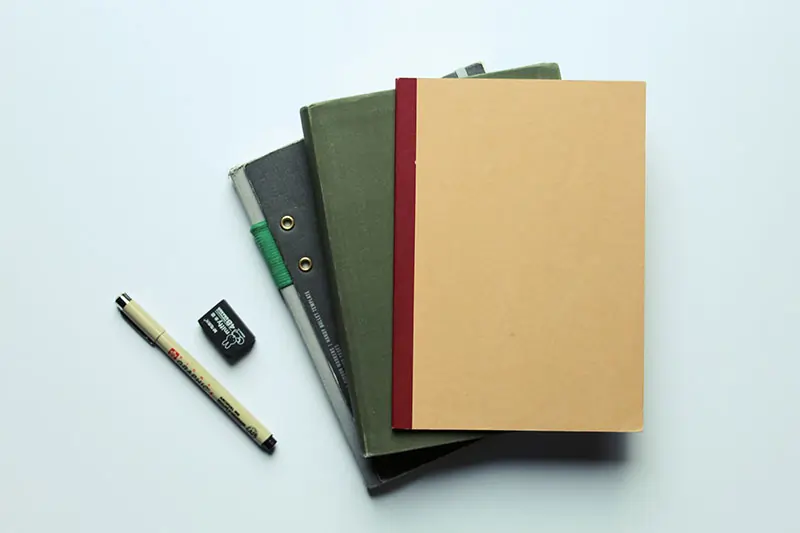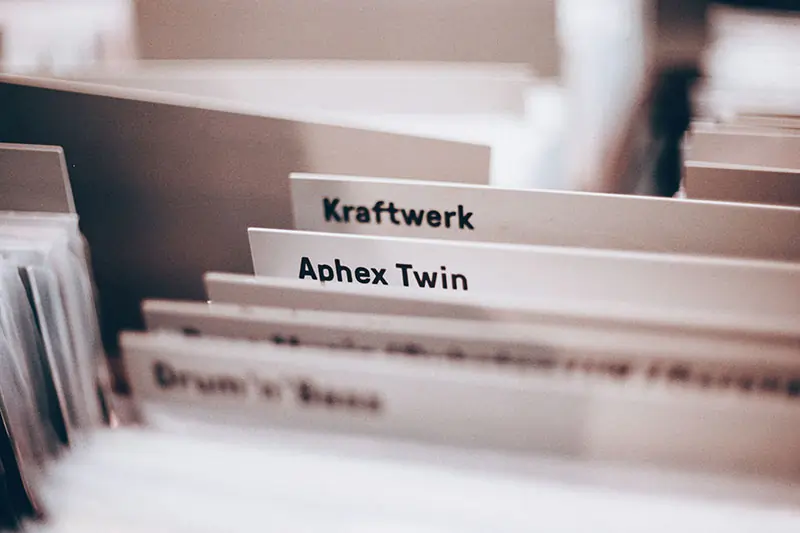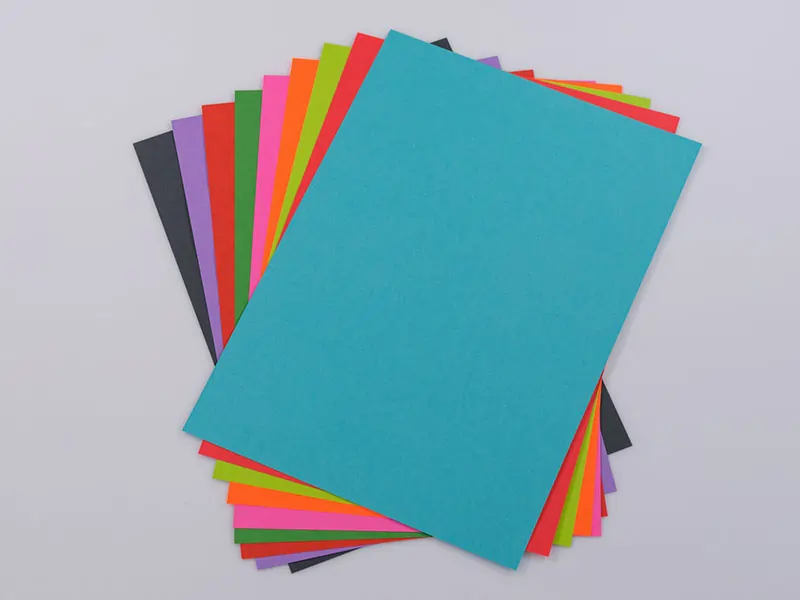5 Types Of Printed File Folders & Their Uses
File folders are an essential organizational tool used in personal and professional settings. While file folders come in primary manila colors, various specialized printed folders are designed for different uses and storage needs. From expanding folders for extra documents to colored folders for easy identification, the correct file folder can significantly boost organization.
This article will explore the five types of printed file folders – custom, classification, expanding, hanging, and colored folders. Each type will be defined, and its uses and benefits will be outlined to help the reader determine which file folders best suit their needs.

1. Custom File Folders
Notably, printed file folders are custom folders produced with personalized designs. Companies commonly use these folders to brand themselves or promote their services subtly. They serve as an understated form of advertising by including identifying information like a company name, contact details, or service offerings on printed file folders. When clients handle the folders during routine filing and document movement, it raises company recognition.
Beyond primary branding uses, printed file folders can also be tailored for unique projects, events, or celebrations. For instance, a school coordinating an upcoming fundraiser may design printed file folders to organize all papers related to that fundraiser. These custom folders could prominently display the name and date of the event being supported.
Similarly, nonprofits benefit from custom folders designed to catch the eye of donors and impart a targeted message about their current campaign each time materials from that initiative are retrieved.

2. Classification File Folders
Classification folders are printed with different colors or graphic codes to denote the type of contents housed inside. For example, a real estate office may use red folders for active listings, blue for pending sales, and green for closed transactions. Similarly, a school guidance office could classify folders by grade level or subject using different colored tabs.
The critical benefit of classification folders is that they allow quick visual identification of a file’s contents without opening it. Particularly in settings with high volumes of files or those handled by multiple people, this saves valuable time versus searching through unlabeled manila folders. Classification schemas can also be customized to match an organization’s specific needs. For instance, a mechanic may categorize work orders by vehicle make/model or type of repair needed.

3. Expanding File Folders
An expanding file folder is designed with an accordion-like folding construction, which allows extra documents or papers to be stored inside with room to spare. This type is ideal for files likely to grow in size over time as more documentation is added to the case, project, or subject. With the expanding capability, standard rigid folders would avoid important papers bulging out or getting crumpled.
Areas commonly using expanding file folders include legal offices handling active client case files, medical offices for patient records, realtors managing property documents, and documentation centers archiving research materials. The flexibility to add pages without overflow is critical in workflows involving long-term, gradually accumulating documentation on a single subject.
Another benefit is these folders tend to be more durable than standard cardboard varieties since the expanding design places less strain on the folder itself as contents expand.
4. Hanging File Folders
Now, we get to what is likely the most recognizable type – hanging file folders. As the name suggests, these feature reinforced side tabs along the top edge, which allow the folder to neatly “hang” inside four-point suspended filing cabinets, storage racks, or wall-mounted file holders. The hanging design serves multiple essential functions over basic lying flat folders.
First, it maximizes the storage capacity inside cabinets and racks since each pocket can accommodate a folder front-to-back without wasted space compared to side-by-side flat stacking. This is huge for organizations with significant filing needs.
Second, the hanging presentation keeps folder tabs and labels fully exposed and visible without stacking interference. This assists in quick retrieval tasks. Third, the suspension prevents bottom folders from getting crushed under the weight of piled stacks.
5. Colored File Folders
The final category is colorful file folders. Various bright or pastel shades are used here rather than just basic manila. As with classification folders earlier, the purpose is visual identification. However, with colored folders, the schema is often less structured. Examples include assigning each client a signature color in a consulting business or labeling student homework folders by their favorite colors.
In less formal settings than professional offices, colored folders provide a fun and personalized way to stay organized. Kids especially enjoy selecting their customizable colored folders for schoolwork. Beyond appearing brighter visually, color psychology studies also show hues can positively impact one’s emotions and memory.

Final Thoughts
While basic Manila file folders fulfill basic storage needs, understanding the specialized types available provides benefits of enhanced functionality, efficiency, and organization. From customizing for marketing to expanding for growing documents to classifying for rapid retrieval, different applications require evaluating folder features.
Hanging folders maximize storage density for professional filing systems while classification separates subjects. Expanding folders prevents overstuffing. Colored varieties offer a personalized, fun option. Choosing the style best suited to use cases helps leverage a simple organizational tool to its highest potential.

